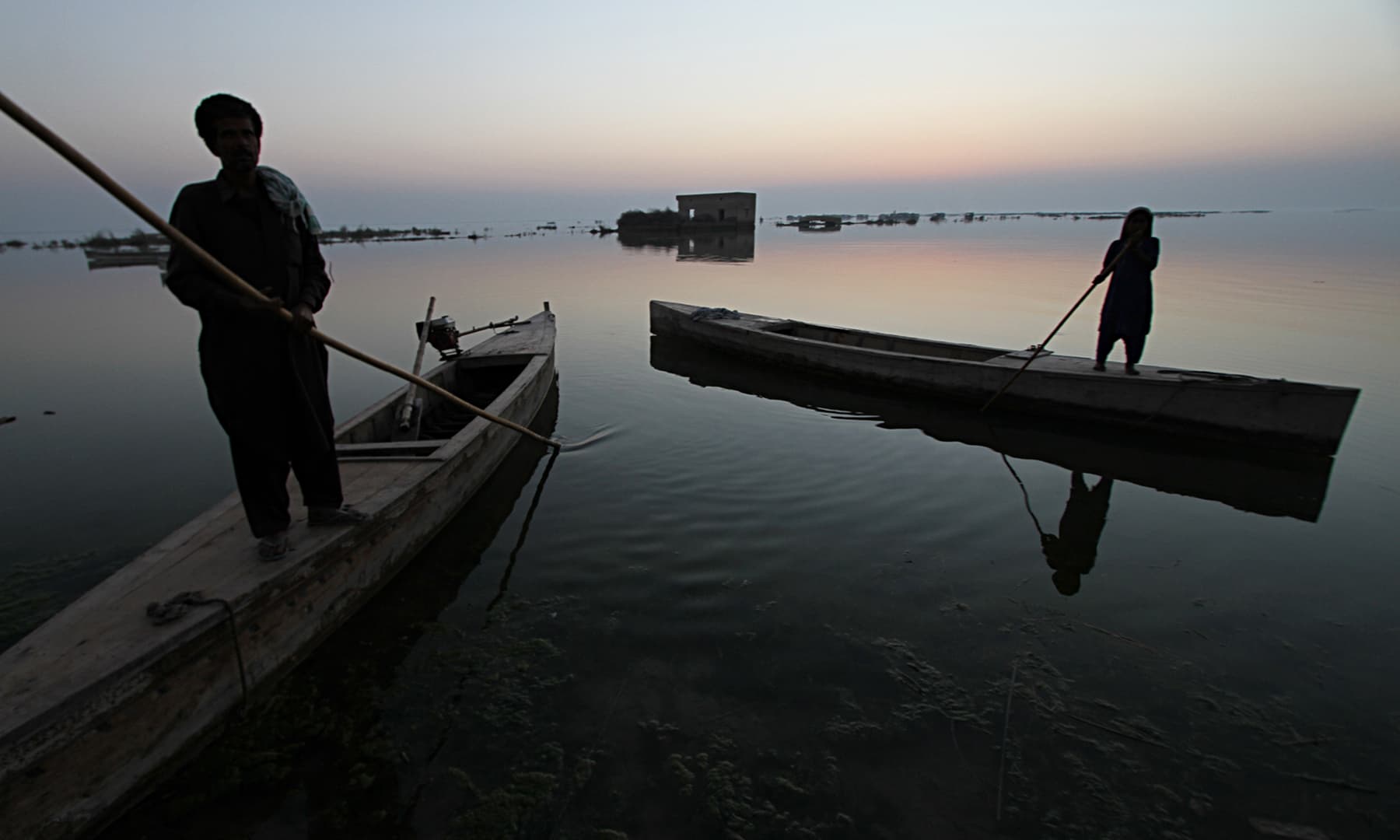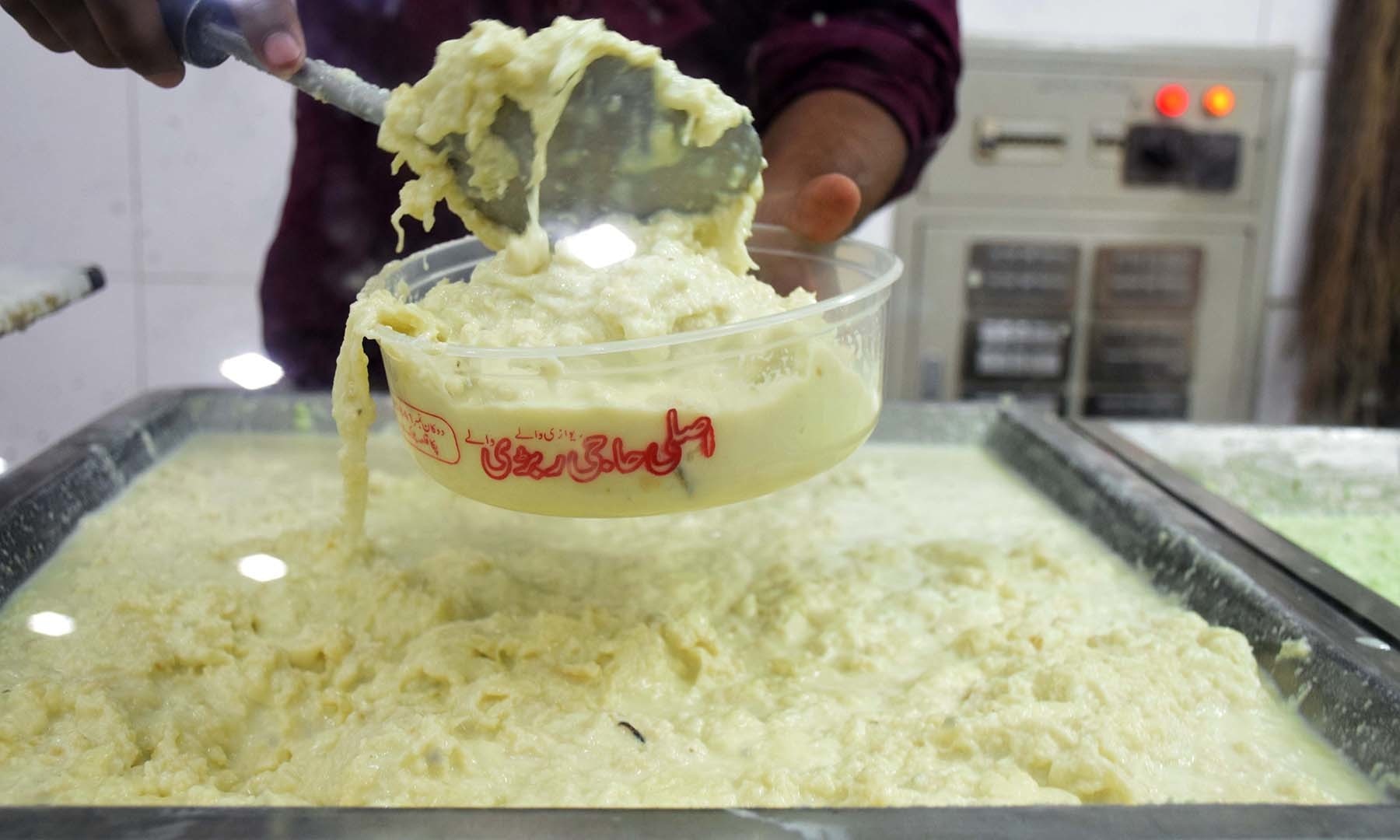10 Downing Street, London, and 10 Victoria Road, Karachi, are two similarly sounding and important, if not equally important, addresses. One is the official residence of the British Prime Minister, the second served as the official residence of successive Pakistani prime ministers, soon after independence, though it is now just a state guesthouse.
Whether the number 10 here is more than a coincidence should make for an intriguing topic of research, but for today, that is not my concern. I am more interested in Huseyn Shaheed Suhrawardy, who had once lived at the Pakistani number 10.
The six other prime ministers to grace 10 Victoria Road (now known as Abdullah Haroon Road), would be discussed on another occasion.
Huseyn Shaheed Suhrawardy’s term in office was brief, as it was cut short by President Iskander Mirza. It is believed that Mirza was against Suhrawardy’s appointment as prime minister, but halfheartedly approved his name when the political realities confronting him left no other option on the table.
Begum Ikramullah, Suhrawardy's cousin and a highly acclaimed woman in her own right, unveils several episodes – both personal and political – of his life, in Huseyn Shaheed Suhrawardy: A Biography, published in 1991. Her revelations help us to understand the mayhem of Pakistani politics in the immediate aftermath of independence, and the vendetta that inaugurated the country's chequered political history.
Mirza and Suhrawardy may have had some animosity between them before, but after Suhrawardy's appointment as prime minister, the two men became closer with each other. A glimpse of the thaw in their relationship is found in Pakistan Kay Pehley Saat Wuzra-i-Azam (The First Seven Prime Ministers of Pakistan), a book that puts together the memoirs of Naeem Ahmed Khan, Mohammad Idrees and Abdus Sattar. On page 83-84 it reads:
"Mr Suhrawardy had a penchant for throwing dinner parties. During his days, the prime minister house saw a large number of such events, each of which was attended by 150 to 200 people, who would booze themselves up. However, Suhrawardy, as long as he stayed at the prime minister house, completely abstained from alcohol, following the doctor's advice. Mr Suhrawardy would often take Mrs Iskander Mirza as his dance partner."
Seeing the warmth between the two, it becomes hard to understand why Mirza would coerce a resignation out of Suhrawardy. Detailing the extent of this warmth, Naeem Ahmed Khan et al. describe one particular night when the drinking and dancing stretched on till two in the morning, when Mirza finally decided to get in the car and leave for home.
Suhrawardy was a skillful politician. Jinnah wanted him to join the Muslim League and lead it in Bengal province of the pre-partition India. He lived up to Jinnah's expectations. Besides being one of the busiest politicians, he was a good-humoured and witty man. Kamaal, the renowned film actor of pre-partition India, and later of Pakistan, writes in his autobiography Dastaan-i-Kamaal:
“Karachi was to host the first Presidential Awards ceremony. Perhaps it was last one, too, for the city [as the federal capital was relocated to Islamabad afterwards]. We were affectionately received at Karachi Railway Station and given rooms at Hotel Metropole. Next day, everyone was invited to the President House, and Prime Minister Suhrawardy warmly welcomed the film industry lot. He was a hobbyist photographer and took out his own camera to capture film actors on his personal roll.”
Read on: Flashback: The progressive years
He was also a seasoned lawyer. While pleading cases, he would punctuate his arguments with poetic verses. One such incident occurred when he was defending himself in a case registered under the controversial Elected Bodies Disqualification Order (EBDO). Begum Ikramullah writes:
“His performance in the law courts was ... brilliant. The cases he dealt with became cause celibre(sic), and people used to flock to the court just to listen to him. This was specially so when he was defending himself against the charges under EBDO. The prosecution Consul, Chaudhry Nazir Ahmed was unnecessarily offensive in his cross-examination. For the most part, Shaheed Suhrawardy ignored his deliberate rudeness. Once, however, he made a very apt reply by quoting a line of Ghalib:
Har ek baat pe kahte ho tum keh tuu kyaa hai,
Tum hi kaho ke ye andaaz-i-guftagu kyaa hai
He never derived monetary profits from politics. Instead, he practiced law for a living. Unfortunately, the political vendetta in Pakistan has set a new record with each passing generation. Usually, when a man falls out of favour with those at the helm of affairs, his assets are the first target of the vengeance apparatus, which creates so much trouble that it becomes harder for the outcast to make ends meet.
A similar treatment was meted out to Suhrawardy. Begum Ikramullah writes on page 74 of her cousin’s biography:
“He began to take up his legal practice again. Here also, the Government stooped to incredible meanness. The courts of Karachi and Lahore were directed not to register him as a lawyer. It was the court of the small town of Montgomery, now known as Sahiwal, that registered Huseyn Shaheed Suhrawardy as a lawyer.”
Although Suhrawardy was forced to quit as Prime Minister, a group of civil servants was against the move.
They sympathised with Suhrawardy and wanted to present his case in the court of public opinion. Our bureaucracy is infested with officials who swear allegiance to their ruler but switch loyalties as soon as their master's luck runs out.
Take a look: Hypocrites to the core
Suhrawardy, however, had won unwavering devotion from some people in the bureaucracy. One such example is narrated by Begum Salma Ahmed, a well-known politician and businesswoman of the country, in her autobiography. She discusses her maternal-uncle's efforts to support Suhrawardy:
“Aftab Ahmed Khan (Mamoon Sahib) had been principal secretary to Husain Shaheed Suhrawardy, who was prime minister of Pakistan before Iskander Mirza became president. When Ayub Khan took over and declared martial law, a group of civil service officers got together and planned to incite public opinion against the imposition of martial law. They had posters printed which were to be plastered all over Karachi. But before they could do so, the conspiracy was thwarted, the posters confiscated and the ringleaders arrested, prominent among them being Uncle Aftab. Several attempts were made to have him released from jail....”
The most serious allegation that Suhrawardy’s detractors could come up with against him, was that he had joined hands with Mr Gandhi and taken up a joint residence with him in Bengal, where Hindu-Muslim riots had erupted before Partition.
What actually happened was, Gandhi wanted to visit the Noakhali town of pre-partition Bengal – an area worst hit by violence – whereas Suhrawardy feared that his visit would add fuel to the fire. Suhrawardy was of the opinion that Gandhi should stay in Calcutta (now Kolkata) and help quell the violence. Gandhi accepted the proposal on condition that Suhrawardy will also stay with him. The Muslim League leader agreed. Gradually, their combined efforts put out the communal riots.
Begum Ikramullah writes that when she asked Suhrawardy about his experience of living with Gandhi, he replied:
“It was fine, except the food was awful. It helped to reduce the tensions. The Hindus and Muslims of Calcutta came together, even if for just a short period, and the atmosphere began to gradually improve. Eventually, the dawn of freedom arrived August 15, 1947.”
Suhrawardy’s seat in the Constituent Assembly of Pakistan was declared vacant through a resolution which stipulated that anyone who had not taken up residence in Pakistan within six months of the passing of the resolution, would cease to be a member of the Constituent Assembly.
After the resolution was passed, Suhrawardy tried to take up residence in East Pakistan. Begum Ikramullah says he had gone to Dhaka in June 1948, but was served with an expulsion notice within 24 hours of his arrival. The notice was served to him by the IG Zakir Hussain. It not only expelled him from East Pakistan but also prevented his re-entry for another six months.
Pir Mohammad Ali Rashdi, recalling Suhrawardy's services to Pakistan, laments his ordeal in Roodad-i-Chaman, a collection of his columns. He writes on page 51:
“Late Huseyn Suhrawardy was the man who fought his way to bring Bengal on the map of Pakistan; to achieve this objective he got a resolution passed by the Legislators’ Convention. As Chief Minister of United Bengal, he supported and served Muslims during the riots to such a degree that Hindus in Bengal would never put his role out of their minds. Not only this, but for the whole duration of Pakistan Movement, he had been the Secretary-General of Muslim League Bengal and an active member of the Party.”
What became of this man in the years to come?
First, he was declared a “Traitor of Pakistan”, thrown out of the Muslim League and debarred from entering the country.
Then, Pakistan’s Governor-General Ghulam Mohammad, who had been nominated to the post by officialdom, felt himself in dire need of Suhrawardy’s help so that he could give an acceptable garb to his political intrigues. Suhrawardy was summoned from Geneva and appointed Law Minister. Another turn of events saw him as Prime Minister of Pakistan for a few months. Finally, Ayub Khan took over and the same prime minister languished in jail; later, he was disqualified to hold any public office under Elective Bodies Disqualification Order.
Also read: The deleted bits from Fatima Jinnah's 'My Brother'
When injuries to his dignity and the resulting trauma become unbearable, the hurt man left his country for good, preferring death in exile over a return. Recently, a newspaper-interview quoted his daughter, Begum Akhtar Suleman, as saying that Suhrawardy did not die of natural causes, but that the officialdom had him murdered.
Huseyn Shaheed Suhrawardy died on 5th December 1963, in a Beirut hotel, where he was living in exile. Rumours about the cause of his death continued to circulate for a long time, while the official statements attributed his demise to a cardiac arrest.
There are an infinite number of political secrets in Pakistan. The secret of Suhrawardy’s death is one of them. It was buried long ago – never to be dug up again.
Translated by Arif Anjum from the original in Urdu here.



















































































































































